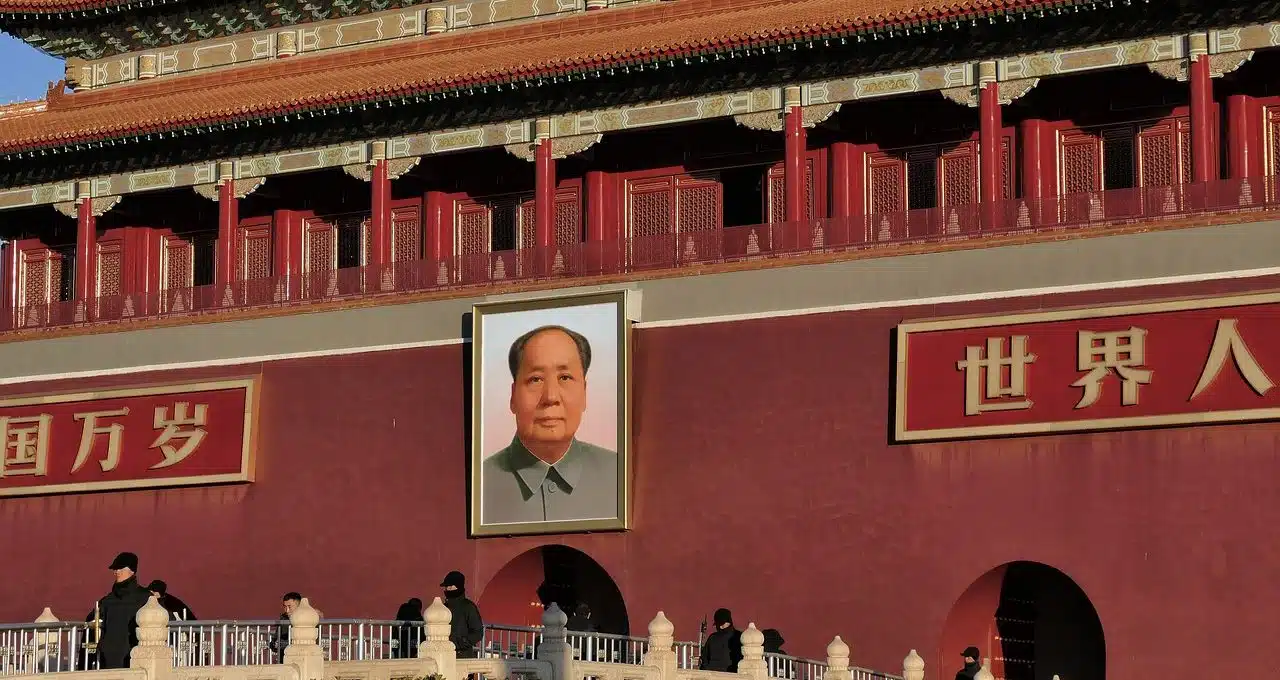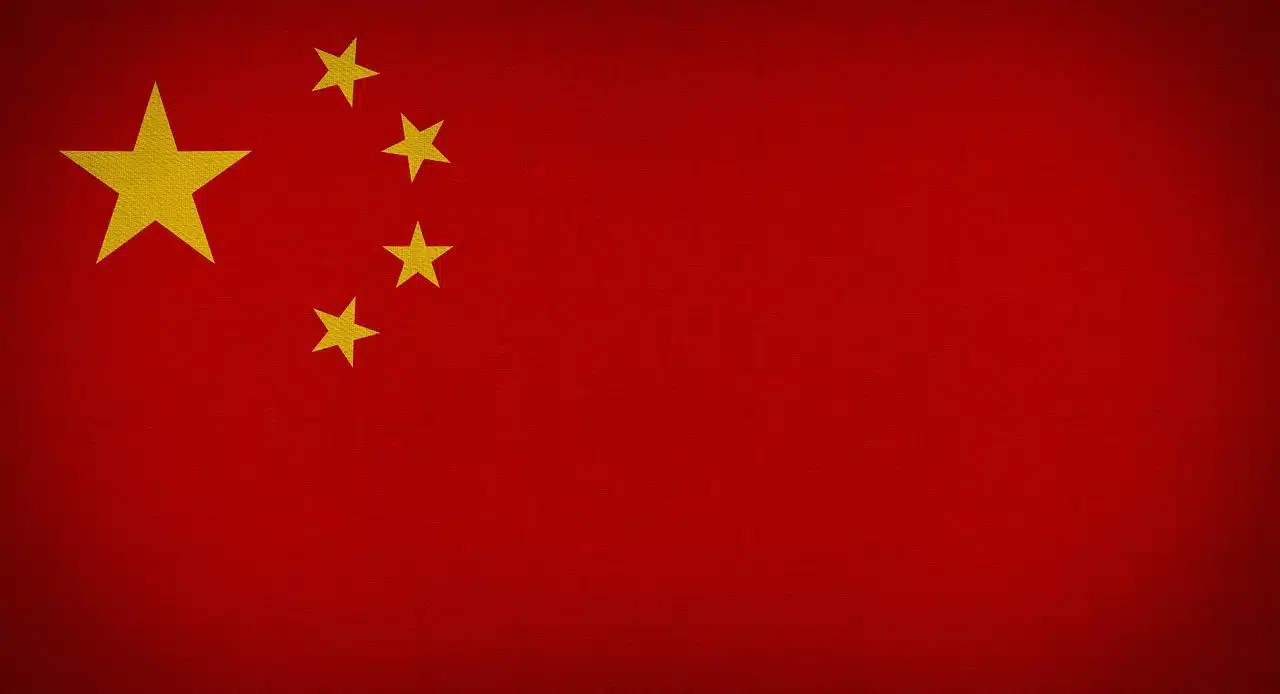
China's modern history is marked by the communist revolution of 1949.
Chinese Communist Revolution is the name of a historical event that took place in 1949 and marked the end of the Chinese civil war . After this event, the People's Republic of China was born.
In the aforementioned civil war , the confrontation took place between the nationalist side (the Kuomintang or Chinese Nationalist Party led by Chiang Kai-shek ) and the communist sector (the Communist Party of China led by Mao Zedong ). With the victory of the Chinese CP, communism was established in the Asian giant.
Background of the Chinese Communist Revolution
The antecedents of the Chinese Communist Revolution are found in several events that took place in the first half of the 20th century in Chinese territory. A milestone that began to lay the foundations for the emergence of communism was the Xinhai revolution , which began in October 1911 and lasted until February 1912 .
This process marked the fall of the Qing dynasty and the birth of the Republic of China . According to historians, the events were triggered due to the discontent of a large part of Chinese society with the imperial dynasty that had ruled the nation 's destinies since 1644 , linked above all to the defeats of the Chinese armed forces in international confrontations such as the First Sino-Japanese War and the Opium War . In this framework, the population also demanded modernization.
The revolutionary success materialized in the creation of the Republic of China , which took shape on December 30, 1911 with Sun Yat-sen of the Kuomintang as the first president . In 1927 , the alliance between the Nationalist Party and the Communist Party was broken, unleashing a civil war.
This struggle had two stages ( 1927-1937 and 1946-1949 ), with an interruption in the middle due to the Second Sino-Japanese War , where China had the support of the United States and the Union of Soviet Socialist Republics ( USSR ). In the second phase of the civil war, the events that led to the communist revolution occurred.

The flag of the People's Republic of China is red and has five yellow stars.
The restart of the fight
After the pause due to the Second Sino-Japanese War , when nationalists and communists united to fight the Japanese, the Chinese civil war restarted with an offensive ordered by Chiang Kai-shek against the towns dominated by the communists, which were in the northern region after the Long March or Great March (when, between 1934 and 1935 , the Red Army fled from nationalist troops heading north). Before, there was a negotiation between both sides that did not prosper.
Faced with nationalist superiority, Mao Zedong opted for "mobile warfare" , distributing his fighters to force a division of the nationalist forces, which were more numerous and powerful. Chiang Kai-shek , meanwhile, was turning his government into a dictatorship .
Little by little, the Communist Party began to strengthen. At a meeting of the 1948 Chinese People's Political Consultative Conference , various political parties and social groups expressed their support for the CP. In this context, the People's Liberation Army went on the offensive.
Successive communist victories in different regions led Chiang Kai-shek to resign as president of the Republic of China in early 1949 , being replaced by vice president Li Zongren , with whom the communists sought an agreement that was ultimately not achieved.
Months later, China 's most important cities were already under communist control. In September 1949 , the Chinese People's Political Consultative Conference proclaimed the creation of the People's Republic of China although fighting continued. Finally, in 1950 , Chiang Kai-shek and millions of nationalists settled in Taiwan to continue the Republic of China on that island.

Tiananmen Square is a symbol of the Chinese communist revolution and where in 1989 the authorities unleashed a fierce repression against protesters.
The policies of the Chinese Communist Revolution
The Chinese Communist Revolution led to the application of the policies devised by Mao , based on Marxism- Leninism . Mao Zedong 's thought led to the development of a version of Marxism known as Maoism , in which peasants were considered protagonists of the revolution , unlike what was happening in the Soviet Union .
Mao , who led the People's Republic of China until his death in 1976 , carried out various economic and ideological campaigns, such as the Great Leap Forward (a five-year plan launched in 1958 to promote industrialization but which accentuated hunger in China ). and the Cultural Revolution (to preserve communism and reposition itself after the failure of the Great Leap Forward ).
In the period of the Cultural Revolution ( 1966-1976 ), censorship in China and political repression were toughened, the class struggle was accentuated and the cult of Mao 's personality increased, unlike what happened during the Campaign or the Hundred Flowers Program in 1956 and 1957 (when the communist leader promoted debate and accepted internal criticism)
After Mao
After the death of Mao Zedong in 1976 , there was a transition period until 1978 with Hua Guofeng at the head of the People's Republic of China . Then the legacy of the Chinese Communist Revolution was in the hands of Deng Xiaoping (from '78 to '89 ), Jiang Zemin (from '89 to 2002 ), Hu Jintao (from 2002 to 2012 ) and Xi Jinping (from 2012 to the present ).
Thanks to the thought of Deng Xiaoping , a policy of economic liberalization was launched in the late 1970s that helped modernize China and turn the country into an international power. Although the planned economy was maintained, market reforms began to be applied and progress was made in the so-called socialism with Chinese characteristics .
Beyond the reforms and opening, the regime continues to be considered a communist dictatorship by many Western countries, which maintain that dissent in the People's Republic of China is not possible without paying serious consequences.
